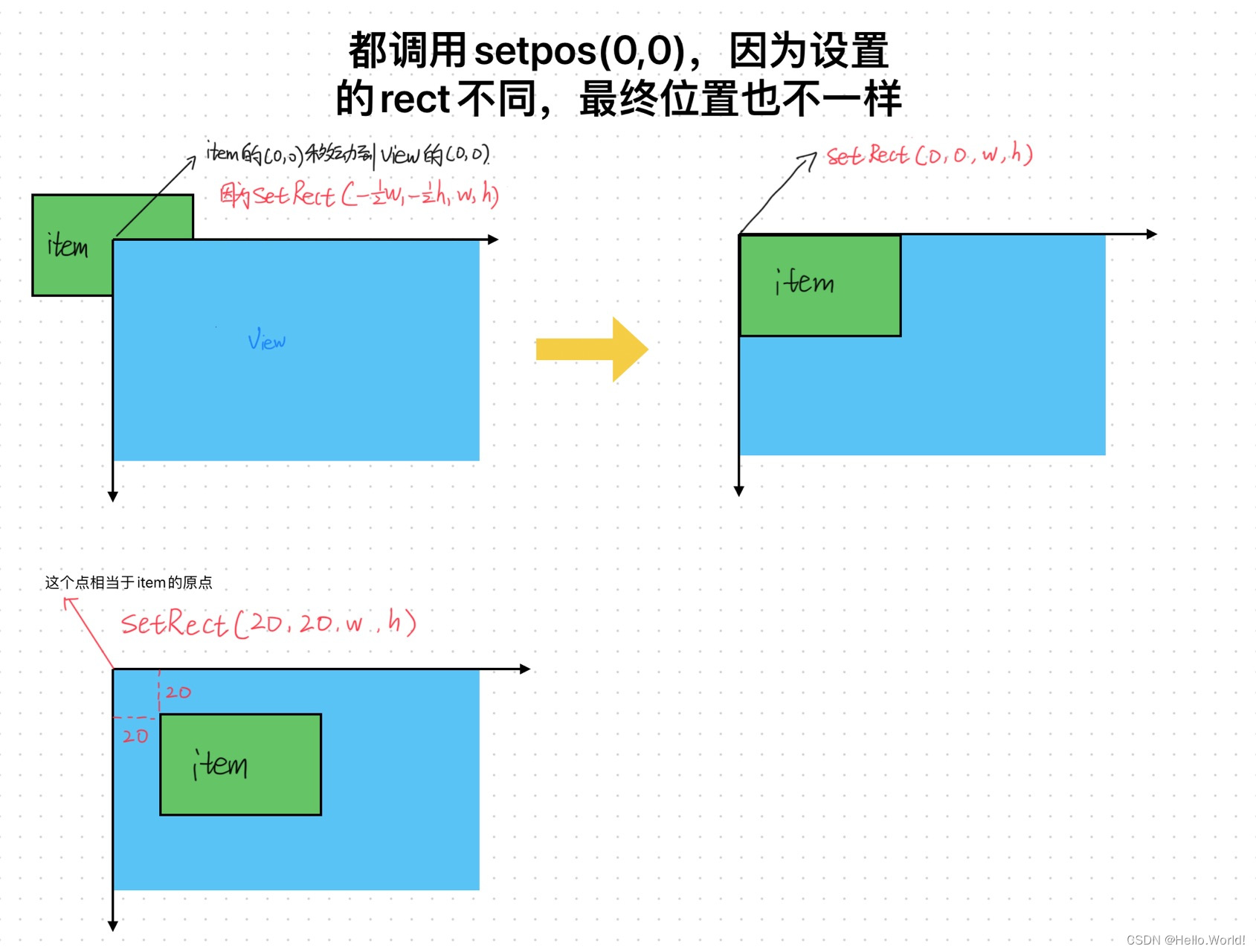8.1深度优先搜索(DFS)


#include <cstdio>
const int MAXN = 5;
int n, m, maze[MAXN][MAXN];
bool visited[MAXN][MAXN] = {false};
int counter = 0;
const int MAXD = 4;
int dx[MAXD] = {0, 0, 1, -1};
int dy[MAXD] = {1, -1, 0, 0};
bool isValid(int x, int y) {
return x >= 0 && x < n && y >= 0 && y < m && maze[x][y] == 0 && !visited[x][y];
}
void DFS(int x, int y) {
if (x == n - 1 && y == m - 1) {
counter++;
return;
}
visited[x][y] = true;
for (int i = 0; i < MAXD; i++) {
int nextX = x + dx[i];
int nextY = y + dy[i];
if (isValid(nextX, nextY)) {
DFS(nextX, nextY);
}
}
visited[x][y] = false;
}
int main() {
scanf("%d%d", &n, &m);
for (int i = 0; i < n; i++) {
for (int j = 0; j < m; j++) {
scanf("%d", &maze[i][j]);
}
}
DFS(0, 0);
printf("%d", counter);
return 0;
}

#include <cstdio>
const int MAXN = 5;
int n, m, k, maze[MAXN][MAXN];
bool visited[MAXN][MAXN] = {false};
bool canReach = false;
const int MAXD = 4;
int dx[MAXD] = {0, 0, 1, -1};
int dy[MAXD] = {1, -1, 0, 0};
bool isValid(int x, int y) {
return x >= 0 && x < n && y >= 0 && y < m && maze[x][y] == 0 && !visited[x][y];
}
void DFS(int x, int y, int step) {
if (canReach) {
return;
}
if (x == n - 1 && y == m - 1) {
if (step == k) {
canReach = true;
}
return;
}
visited[x][y] = true;
for (int i = 0; i < MAXD; i++) {
int nextX = x + dx[i];
int nextY = y + dy[i];
if (step < k && isValid(nextX, nextY)) {
DFS(nextX, nextY, step + 1);
}
}
visited[x][y] = false;
}
int main() {
scanf("%d%d%d", &n, &m, &k);
for (int i = 0; i < n; i++) {
for (int j = 0; j < m; j++) {
scanf("%d", &maze[i][j]);
}
}
DFS(0, 0, 0);
printf(canReach ? "Yes" : "No");
return 0;
}
#include <cstdio>
const int MAXN = 5;
const int INF = 0x3f3f3f3f;
int n, m, maze[MAXN][MAXN];
bool visited[MAXN][MAXN] = {false};
int maxValue = -INF;
const int MAXD = 4;
int dx[MAXD] = {0, 0, 1, -1};
int dy[MAXD] = {1, -1, 0, 0};
bool isValid(int x, int y) {
return x >= 0 && x < n && y >= 0 && y < m && !visited[x][y];
}
void DFS(int x, int y, int nowValue) {
if (x == n - 1 && y == m - 1) {
if (nowValue > maxValue) {
maxValue = nowValue;
}
return;
}
visited[x][y] = true;
for (int i = 0; i < MAXD; i++) {
int nextX = x + dx[i];
int nextY = y + dy[i];
if (isValid(nextX, nextY)) {
int nextValue = nowValue + maze[nextX][nextY];
DFS(nextX, nextY, nextValue);
}
}
visited[x][y] = false;
}
int main() {
scanf("%d%d", &n, &m);
for (int i = 0; i < n; i++) {
for (int j = 0; j < m; j++) {
scanf("%d", &maze[i][j]);
}
}
DFS(0, 0, maze[0][0]);
printf("%d", maxValue);
return 0;
}

#include <cstdio>
#include <vector>
#include <utility>
using namespace std;
typedef pair<int, int> Position;
const int MAXN = 5;
const int INF = 0x3f;
int n, m, maze[MAXN][MAXN];
bool visited[MAXN][MAXN] = {false};
int maxValue = -INF;
vector<Position> tempPath, optPath;
const int MAXD = 4;
int dx[MAXD] = {0, 0, 1, -1};
int dy[MAXD] = {1, -1, 0, 0};
bool isValid(int x, int y) {
return x >= 0 && x < n && y >= 0 && y < m && !visited[x][y];
}
void DFS(int x, int y, int nowValue) {
if (x == n - 1 && y == m - 1) {
if (nowValue > maxValue) {
maxValue = nowValue;
optPath = tempPath;
}
return;
}
visited[x][y] = true;
for (int i = 0; i < MAXD; i++) {
int nextX = x + dx[i];
int nextY = y + dy[i];
if (isValid(nextX, nextY)) {
int nextValue = nowValue + maze[nextX][nextY];
tempPath.push_back(Position(nextX, nextY));
DFS(nextX, nextY, nextValue);
tempPath.pop_back();
}
}
visited[x][y] = false;
}
int main() {
scanf("%d%d", &n, &m);
for (int i = 0; i < n; i++) {
for (int j = 0; j < m; j++) {
scanf("%d", &maze[i][j]);
}
}
tempPath.push_back(Position(0, 0));
DFS(0, 0, maze[0][0]);
for (int i = 0; i < optPath.size(); i++) {
printf("%d %d\n", optPath[i].first + 1, optPath[i].second + 1);
}
return 0;
}

#include <cstdio>
const int MAXN = 5;
const int INF = 0x3f;
int n, m, maze[MAXN][MAXN], isWall[MAXN][MAXN];
bool visited[MAXN][MAXN] = {false};
int maxValue = -INF;
const int MAXD = 4;
int dx[MAXD] = {0, 0, 1, -1};
int dy[MAXD] = {1, -1, 0, 0};
bool isValid(int x, int y) {
return x >= 0 && x < n && y >= 0 && y < m && !isWall[x][y] && !visited[x][y];
}
void DFS(int x, int y, int nowValue) {
if (x == n - 1 && y == m - 1) {
if (nowValue > maxValue) {
maxValue = nowValue;
}
return;
}
visited[x][y] = true;
for (int i = 0; i < MAXD; i++) {
int nextX = x + dx[i];
int nextY = y + dy[i];
if (isValid(nextX, nextY)) {
int nextValue = nowValue + maze[nextX][nextY];
DFS(nextX, nextY, nextValue);
}
}
visited[x][y] = false;
}
int main() {
scanf("%d%d", &n, &m);
for (int i = 0; i < n; i++) {
for (int j = 0; j < m; j++) {
scanf("%d", &isWall[i][j]);
}
}
for (int i = 0; i < n; i++) {
for (int j = 0; j < m; j++) {
scanf("%d", &maze[i][j]);
}
}
DFS(0, 0, maze[0][0]);
printf("%d", maxValue);
return 0;
}8.2广度优先搜索(BFS)


#include <cstdio>
#include <queue>
using namespace std;
const int MAXN = 100000;
bool inQueue[MAXN + 1] = {false};
int getStep(int n) {
int step = 0;
queue<int> q;
q.push(1);
while (true) {
int cnt = q.size();
for (int i = 0; i < cnt; i++) {
int front = q.front();
q.pop();
if (front == n) {
return step;
}
inQueue[front] = true;
if (front * 2 <= n && !inQueue[front * 2]) {
q.push(front * 2);
}
if (front + 1 <= n && !inQueue[front + 1]) {
q.push(front + 1);
}
}
step++;
}
}
int main() {
int n, step = 0;
scanf("%d", &n);
printf("%d", getStep(n));
return 0;
}

#include <cstdio>
#include <queue>
#include <utility>
using namespace std;
typedef pair<int, int> Position;
const int MAXN = 100;
int n, m, matrix[MAXN][MAXN];
bool inQueue[MAXN][MAXN] = {false};
const int MAXD = 4;
int dx[MAXD] = {0, 0, 1, -1};
int dy[MAXD] = {1, -1, 0, 0};
bool canVisit(int x, int y) {
return x >= 0 && x < n && y >= 0 && y < m && matrix[x][y] == 1 && !inQueue[x][y];
}
void BFS(int x, int y) {
queue<Position> q;
q.push(Position(x, y));
inQueue[x][y] = true;
while (!q.empty()) {
Position front = q.front();
q.pop();
for (int i = 0; i < MAXD; i++) {
int nextX = front.first + dx[i];
int nextY = front.second + dy[i];
if (canVisit(nextX, nextY)) {
inQueue[nextX][nextY] = true;
q.push(Position(nextX, nextY));
}
}
}
}
int main() {
scanf("%d%d", &n, &m);
for (int i = 0; i < n; i++) {
for (int j = 0; j < m; j++) {
scanf("%d", &matrix[i][j]);
}
}
int counter = 0;
for (int i = 0; i < n; i++) {
for (int j = 0; j < m; j++) {
if (matrix[i][j] == 1 && !inQueue[i][j]) {
BFS(i, j);
counter++;
}
}
}
printf("%d", counter);
return 0;
}

#include <cstdio>
#include <queue>
#include <utility>
using namespace std;
typedef pair<int, int> Position;
const int MAXN = 100;
int n, m, maze[MAXN][MAXN];
bool inQueue[MAXN][MAXN] = {false};
const int MAXD = 4;
int dx[MAXD] = {0, 0, 1, -1};
int dy[MAXD] = {1, -1, 0, 0};
bool canVisit(int x, int y) {
return x >= 0 && x < n && y >= 0 && y < m && maze[x][y] == 0 && !inQueue[x][y];
}
int BFS(int x, int y) {
queue<Position> q;
q.push(Position(x, y));
inQueue[x][y] = true;
int step = 0;
while (!q.empty()) {
int cnt = q.size();
while (cnt--) {
Position front = q.front();
q.pop();
if (front.first == n - 1 && front.second == m - 1) {
return step;
}
for (int i = 0; i < MAXD; i++) {
int nextX = front.first + dx[i];
int nextY = front.second + dy[i];
if (canVisit(nextX, nextY)) {
inQueue[nextX][nextY] = true;
q.push(Position(nextX, nextY));
}
}
}
step++;
}
return -1;
}
int main() {
scanf("%d%d", &n, &m);
for (int i = 0; i < n; i++) {
for (int j = 0; j < m; j++) {
scanf("%d", &maze[i][j]);
}
}
int step = BFS(0, 0);
printf("%d", step);
return 0;
}

#include <cstdio>
#include <queue>
#include <utility>
#include <algorithm>
using namespace std;
typedef pair<int, int> Position;
const int MAXN = 100;
int n, m, maze[MAXN][MAXN];
bool inQueue[MAXN][MAXN] = {false};
Position pre[MAXN][MAXN];
const int MAXD = 4;
int dx[MAXD] = {0, 0, 1, -1};
int dy[MAXD] = {1, -1, 0, 0};
bool canVisit(int x, int y) {
return x >= 0 && x < n && y >= 0 && y < m && maze[x][y] == 0 && !inQueue[x][y];
}
void BFS(int x, int y) {
queue<Position> q;
q.push(Position(x, y));
inQueue[x][y] = true;
while (!q.empty()) {
Position front = q.front();
q.pop();
if (front.first == n - 1 && front.second == m - 1) {
return;
}
for (int i = 0; i < MAXD; i++) {
int nextX = front.first + dx[i];
int nextY = front.second + dy[i];
if (canVisit(nextX, nextY)) {
pre[nextX][nextY] = Position(front.first, front.second);
inQueue[nextX][nextY] = true;
q.push(Position(nextX, nextY));
}
}
}
}
void printPath(Position p) {
Position prePosition = pre[p.first][p.second];
if (prePosition == Position(-1, -1)) {
printf("%d %d\n", p.first + 1, p.second + 1);
return;
}
printPath(prePosition);
printf("%d %d\n", p.first + 1, p.second + 1);
}
int main() {
scanf("%d%d", &n, &m);
for (int i = 0; i < n; i++) {
for (int j = 0; j < m; j++) {
scanf("%d", &maze[i][j]);
}
}
fill(pre[0], pre[0] + n * m, Position(-1, -1));
BFS(0, 0);
printPath(Position(n - 1, m - 1));
return 0;
}


















